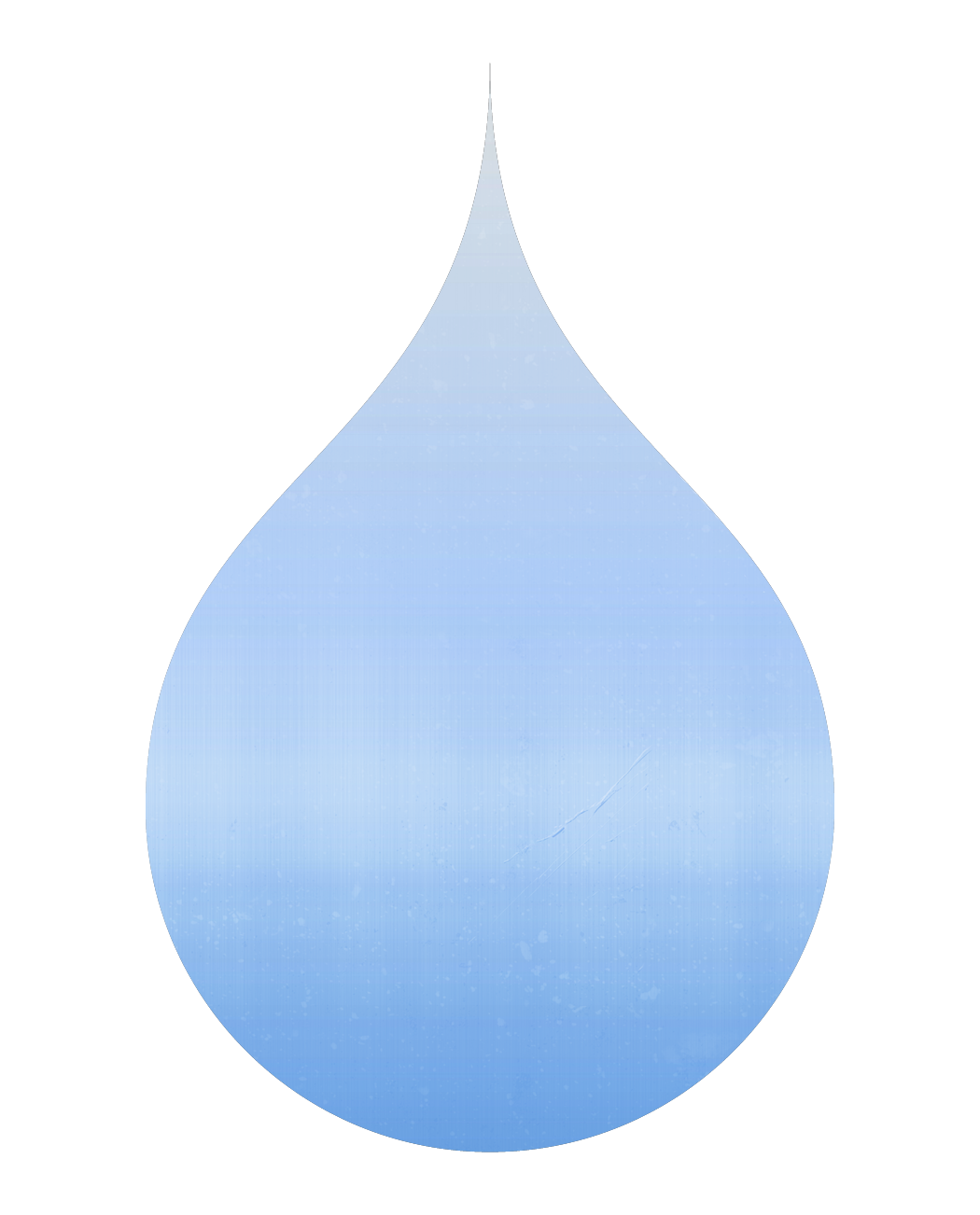
A REFERENCE FOR
WATER CONSUMPTION
DURING INDIGO DYEING
An Indigo Council Study by Transformers Foundation
The First-Ever Water Benchmark for Indigo Dyeing
For years, the denim industry has operated without a scientifically credible standard for water usage during the indigo dyeing process. The result? Widespread confusion, unverifiable marketing claims, and limited accountability.
This paper changes that.
“A Reference for Water Consumption During Indigo Dyeing” is the first open-source study to define what typical, excessive, and best-in-class water consumption actually looks like in indigo dyeing — across both rope and slasher systems.
Backed by data from seven globally respected denim mills, the study equips brands, mills, buyers, and policymakers with a new benchmark to assess sustainability performance and claims.
Why This Paper Is Needed
Water claims have been inconsistent for years. Brands, mills, and marketing teams frequently cite water usage figures without common definitions or verified data.
Innovation needs measurement. Without a baseline, it’s impossible to validate claims about water-saving technologies, dye alternatives, or new chemical systems.
Greenwashing is now a liability. Under new legislation like the EU Green Claims Directive and UK Green Claims Code, vague or unsubstantiated claims are no longer just misleading — they’re illegal.
Water scarcity is real. With most denim production occurring in water-stressed regions, reducing unnecessary water consumption isn’t a trend — it’s a responsibility.
This report helps shift the conversation from storytelling to standard-setting.
Introducing the Indigo Council
The Indigo Council is a global working group convened by the Transformers Foundation in 2024. Its purpose is to develop reliable, science-based benchmarks for key processes in denim production — starting with indigo dyeing.
The Council includes a coalition of experts from across the denim supply chain, including:
Denim mills (Candiani, Crescent Bahuman, Naveena, Diamond Denim, Soorty, Orta, Advance Denim)
Machinery manufacturers (Morrison Textile Machinery, Karl Mayer)
Dye and chemistry providers (DyStar)
Independent technical advisors and auditors (bluesign®)
Together, these stakeholders collected, verified, and analyzed real-world operational data from mills across Pakistan, Türkiye, Italy, and China. This research establishes what we hope will become a universal reference for water usage in conventional indigo dyeing — both rope and slasher.
This paper is just the beginning. The Indigo Council is currently exploring future benchmarks around wastewater treatment, indigo recycling, finishing, and lower-impact dyeing technologies.
Who This Study Is For:
Brands & Retailers: Evaluate supplier sustainability claims with confidence.
Mills & Manufacturers: Compare performance and identify efficiency opportunities.
Designers & Developers: Make informed fabric and shade decisions.
Policymakers & Educators: Use data to inform guidance, curriculum, and regulation.
DOWNLOAD THE REPORT:
By Transformers Foundation & The Indigo Council
Published: [Insert date]
Format: PDF, 54 pages
License: Open Access / CC BY-NC-ND 4.0
Join the CONVERSATION
We’re hosting a live webinar on July 31 to discuss the study’s findings, methodology, and next steps. Hear from mill partners, experts, and sustainability leaders.
Still have questions? Want to collaborate on future studies?





